Optimal Timing for Concrete Installations

Spring offers moderate temperatures ideal for concrete curing and setting.

Summer requires measures to prevent rapid drying and cracking due to heat.
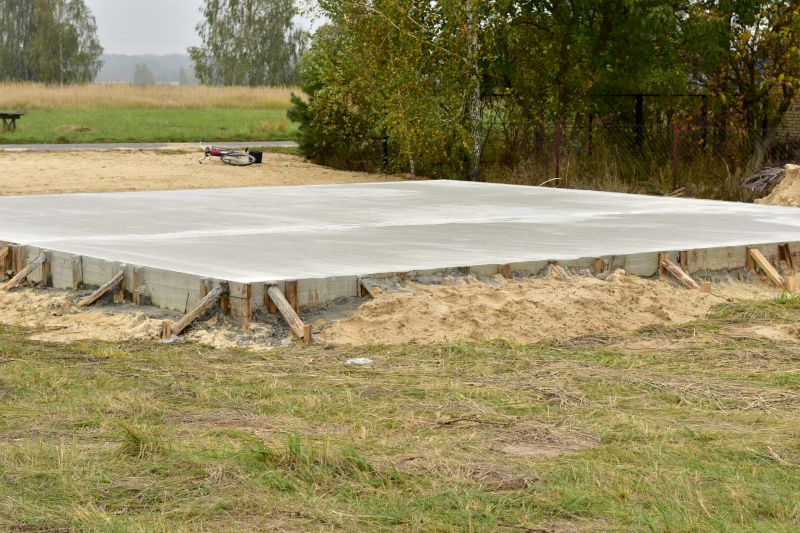
Fall provides cooler weather and less rain, supporting optimal curing conditions.
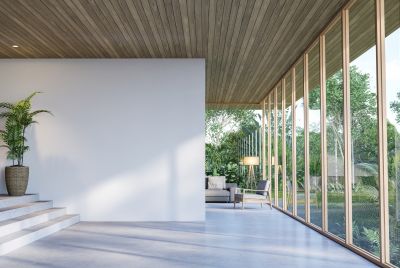
Ways to make Concrete Installations work in tight or awkward layouts.
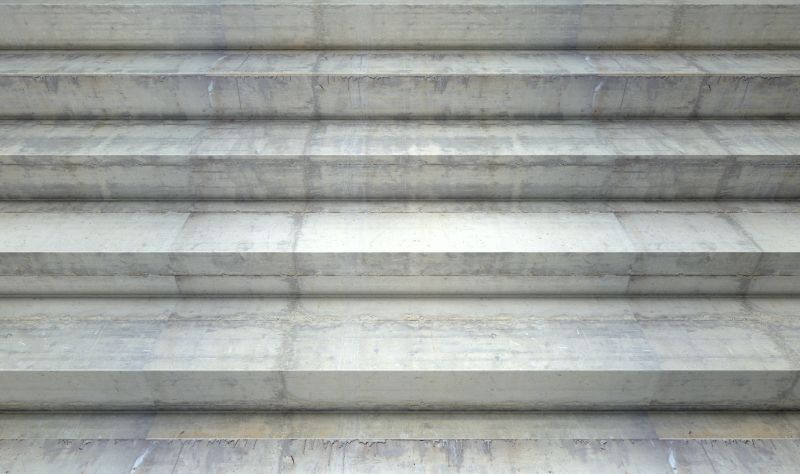
Popular materials for Concrete Installations and why they hold up over time.
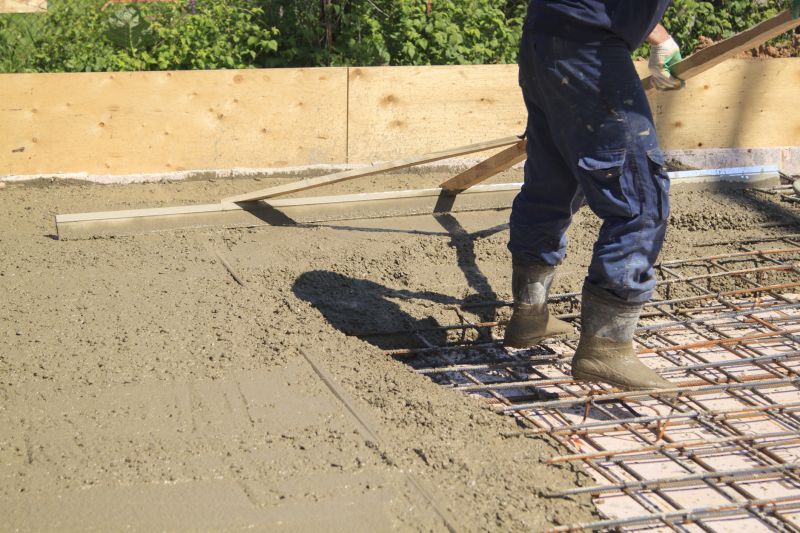
Simple add-ons that improve Concrete Installations without blowing the budget.

High-end options that actually feel worth it for Concrete Installations.
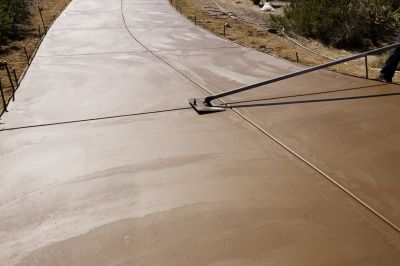
Finishes and colors that play nicely with Concrete Installations.
Ideal temperatures for concrete curing range from 50 to 75 degrees Fahrenheit.
Heavy rain can weaken concrete and delay installation; dry conditions are preferable.
Scheduling during mild seasons reduces risks associated with extreme weather.
Proper timing during optimal weather conditions enhances concrete longevity.
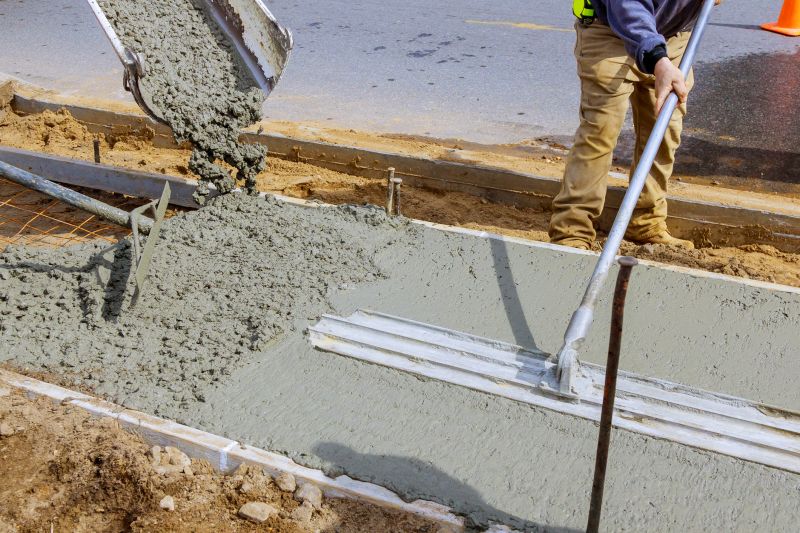
Spring offers moderate temperatures ideal for concrete curing and setting.
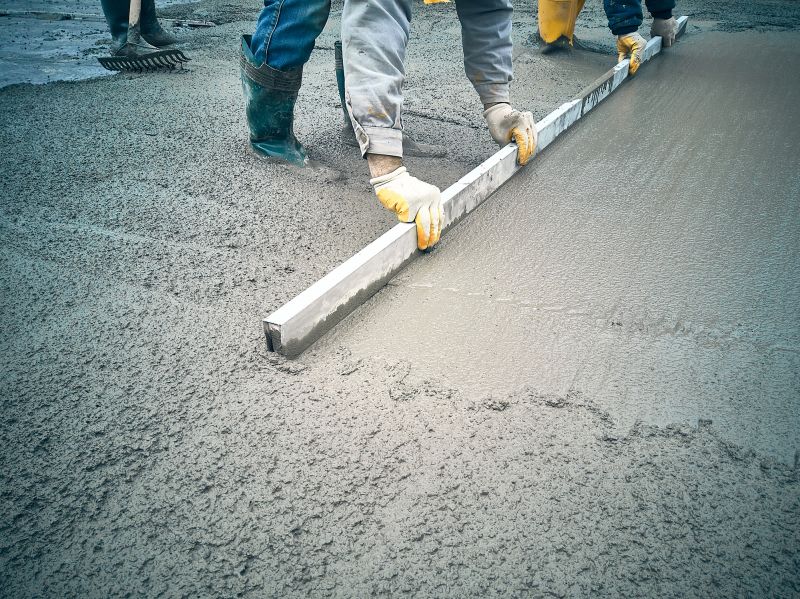
Summer requires measures to prevent rapid drying and cracking due to heat.
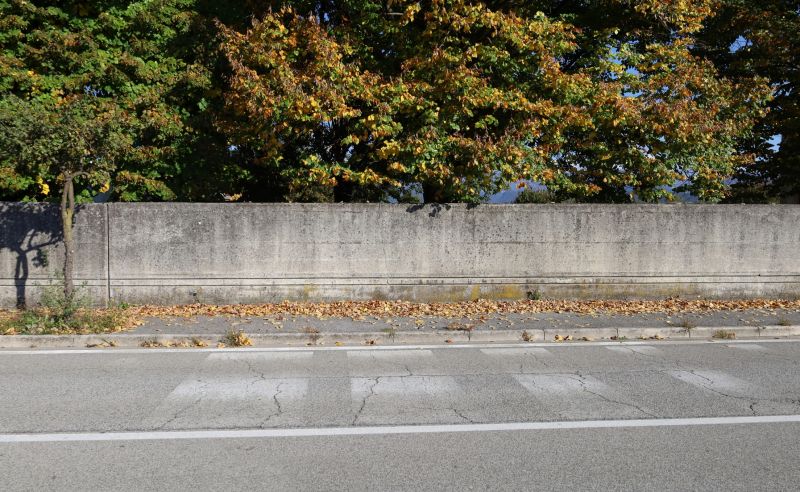
Fall provides cooler weather and less rain, supporting optimal curing conditions.

In colder months, additional measures like heated enclosures may be necessary.

Little measurements that prevent headaches on Concrete Installations day.
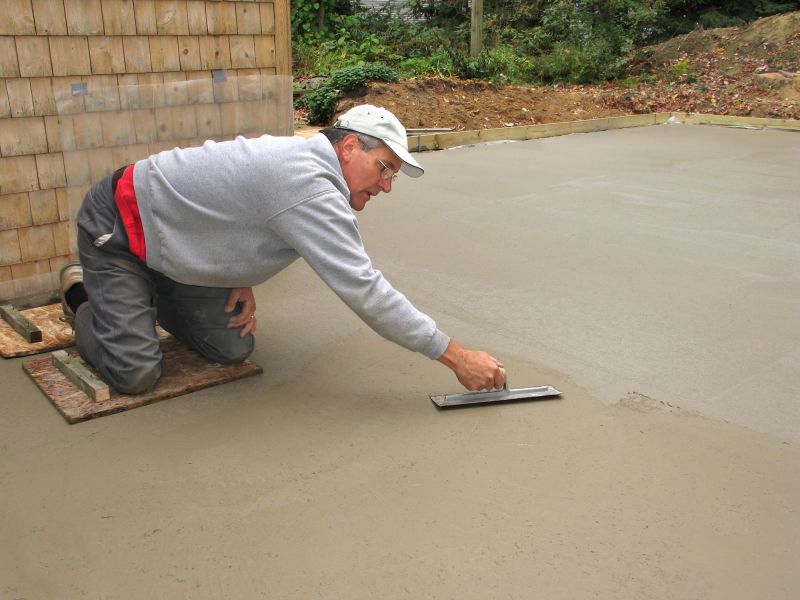
A 60-second routine that keeps Concrete Installations looking new.
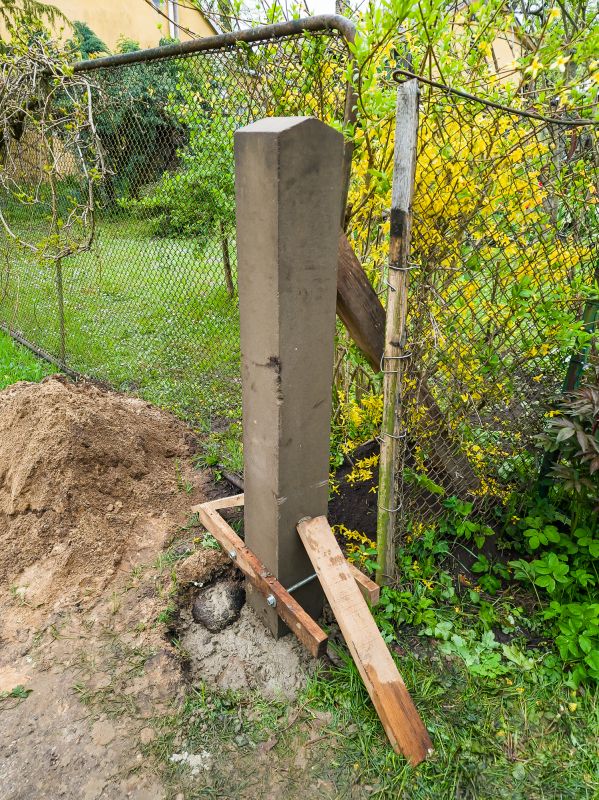
A frequent mistake in Concrete Installations and how to dodge it.
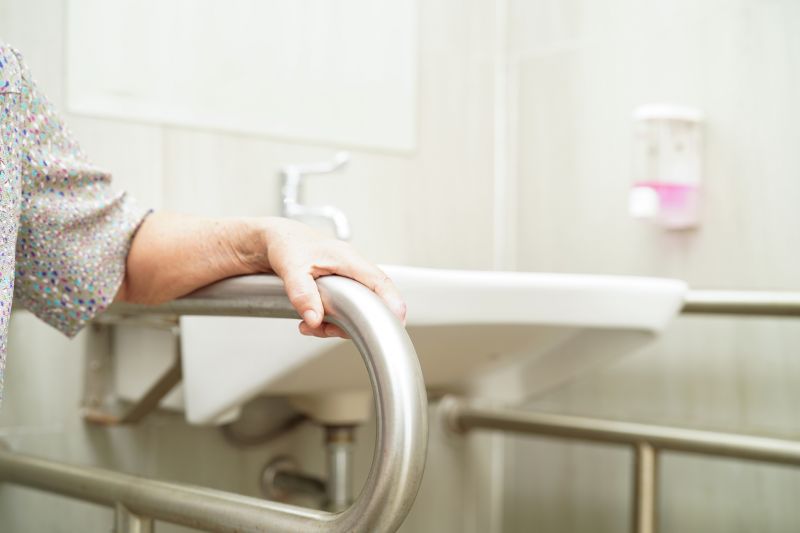
Small tweaks to make Concrete Installations safer and easier to use.
| Season | Optimal Conditions |
|---|---|
| Spring | Moderate temperatures, low rain, ideal for curing. |
| Summer | Warm weather, precautions against rapid drying. |
| Fall | Cooler temperatures, less rain, good for installation. |
| Winter | Challenging due to cold temperatures, requires special measures. |
| Early Fall | Suitable for large projects with stable weather. |
| Late Spring | Good for avoiding late frosts and high heat. |
Timing concrete installations to align with favorable weather conditions enhances the durability and appearance of the finished surface. Proper planning can prevent common issues such as cracking, scaling, or uneven curing. Consulting local weather patterns and forecasts is essential for scheduling concrete work effectively.

A smooth pour during ideal weather conditions ensures quality results.

Using coverings and curing compounds protects concrete from weather extremes.

Scheduling projects during stable weather seasons improves outcome quality.

Additional heating and insulation are used to facilitate curing in cold temperatures.

The short, realistic tool list for quality Concrete Installations.

Rough timing from prep to clean-up for Concrete Installations.

Quick checks and paperwork to keep after Concrete Installations.

Examples that show the impact a good Concrete Installations can make.
Interested in scheduling concrete installations? Filling out the contact form can provide further guidance on the best timing for specific projects in Herndon, VA. Proper timing ensures a durable, long-lasting surface that meets project expectations.
